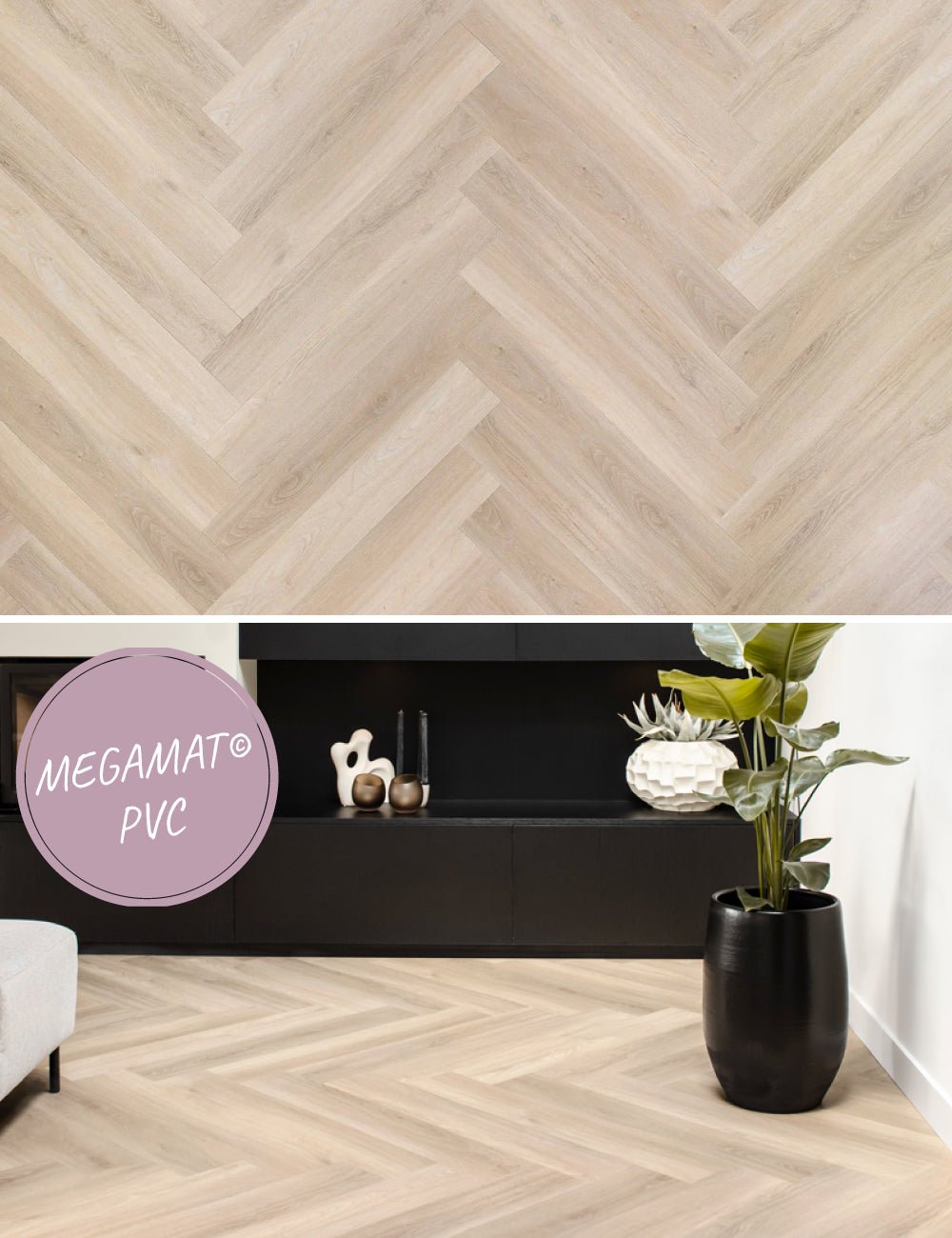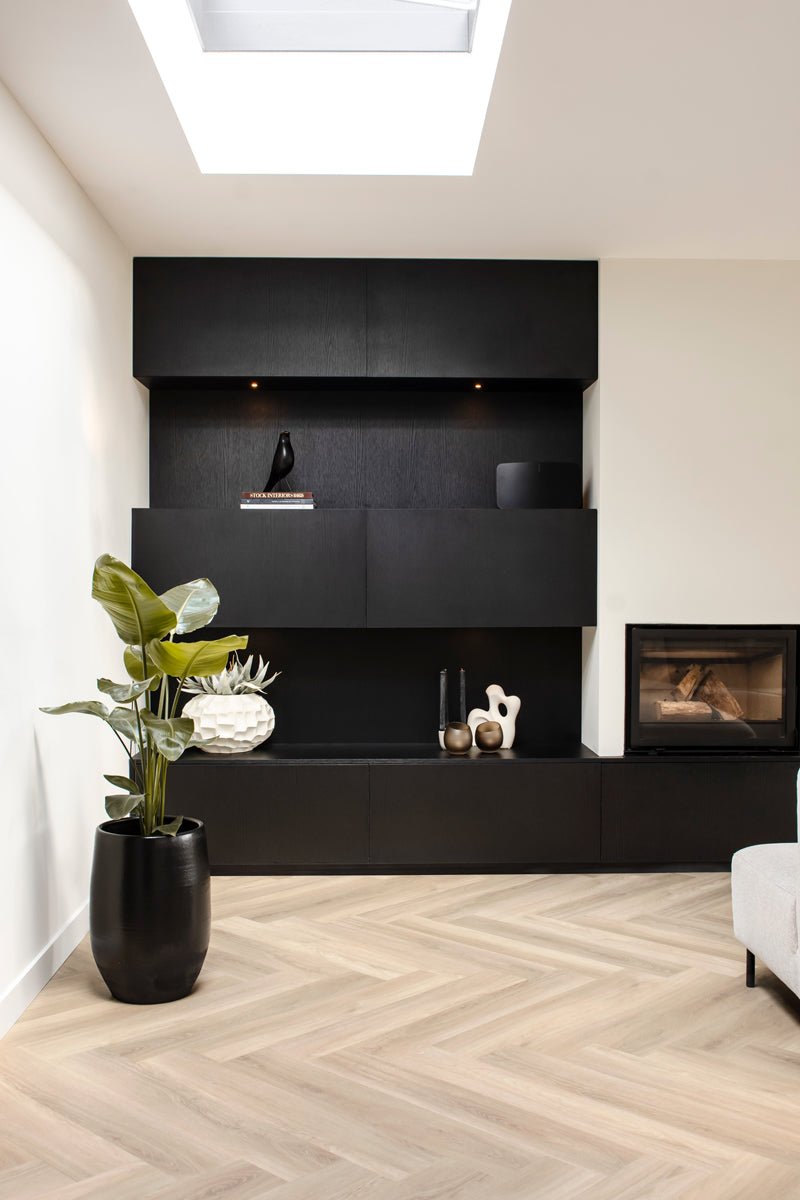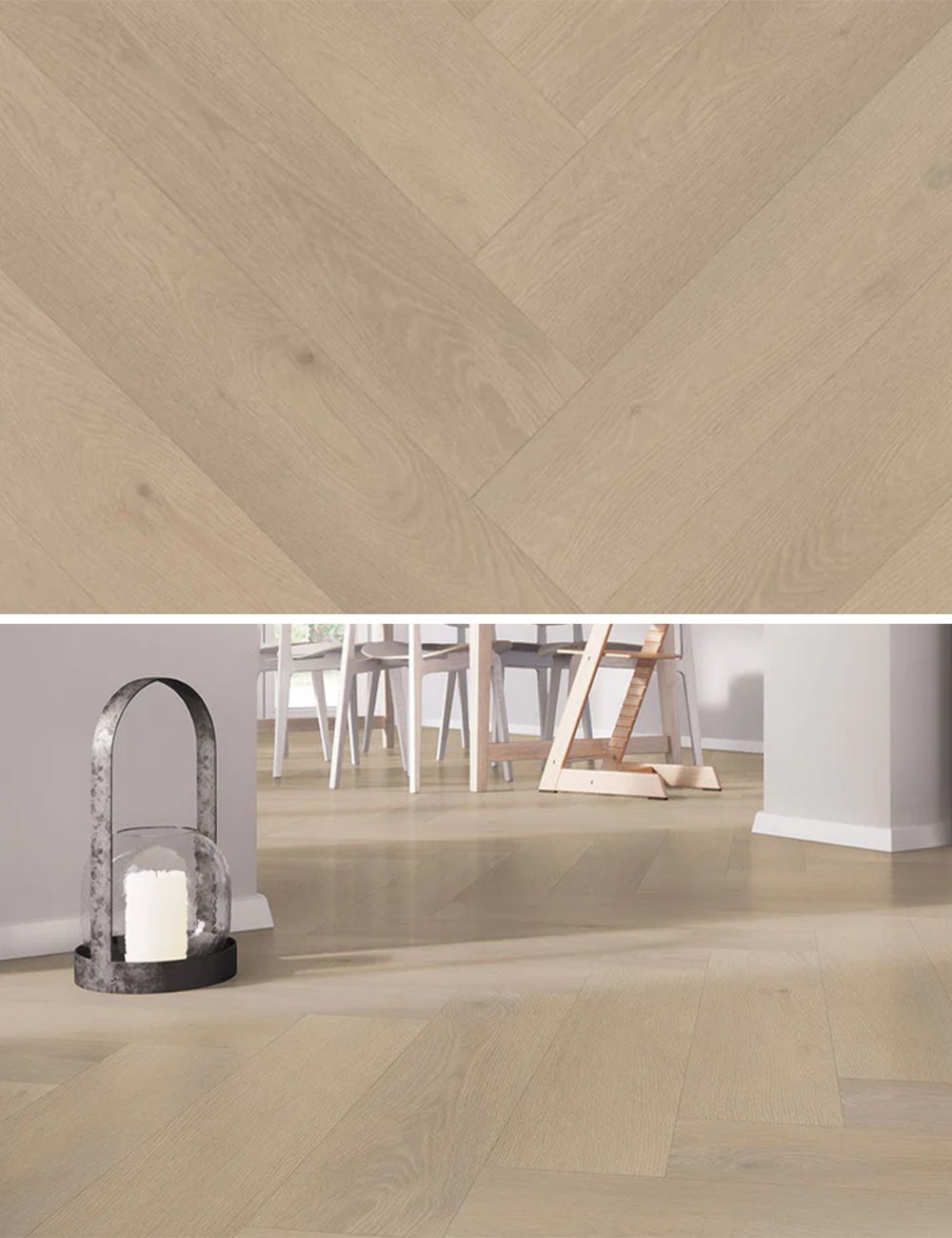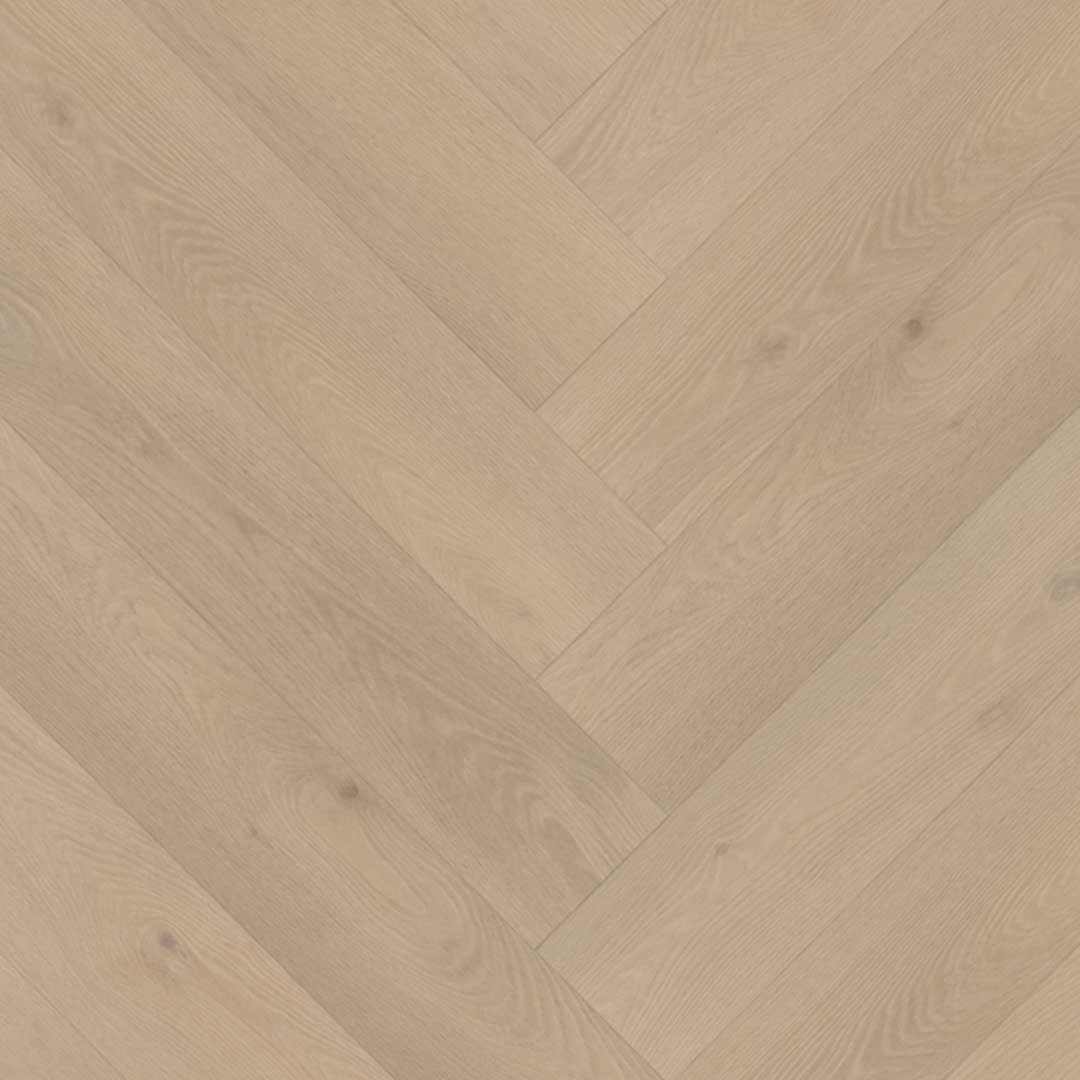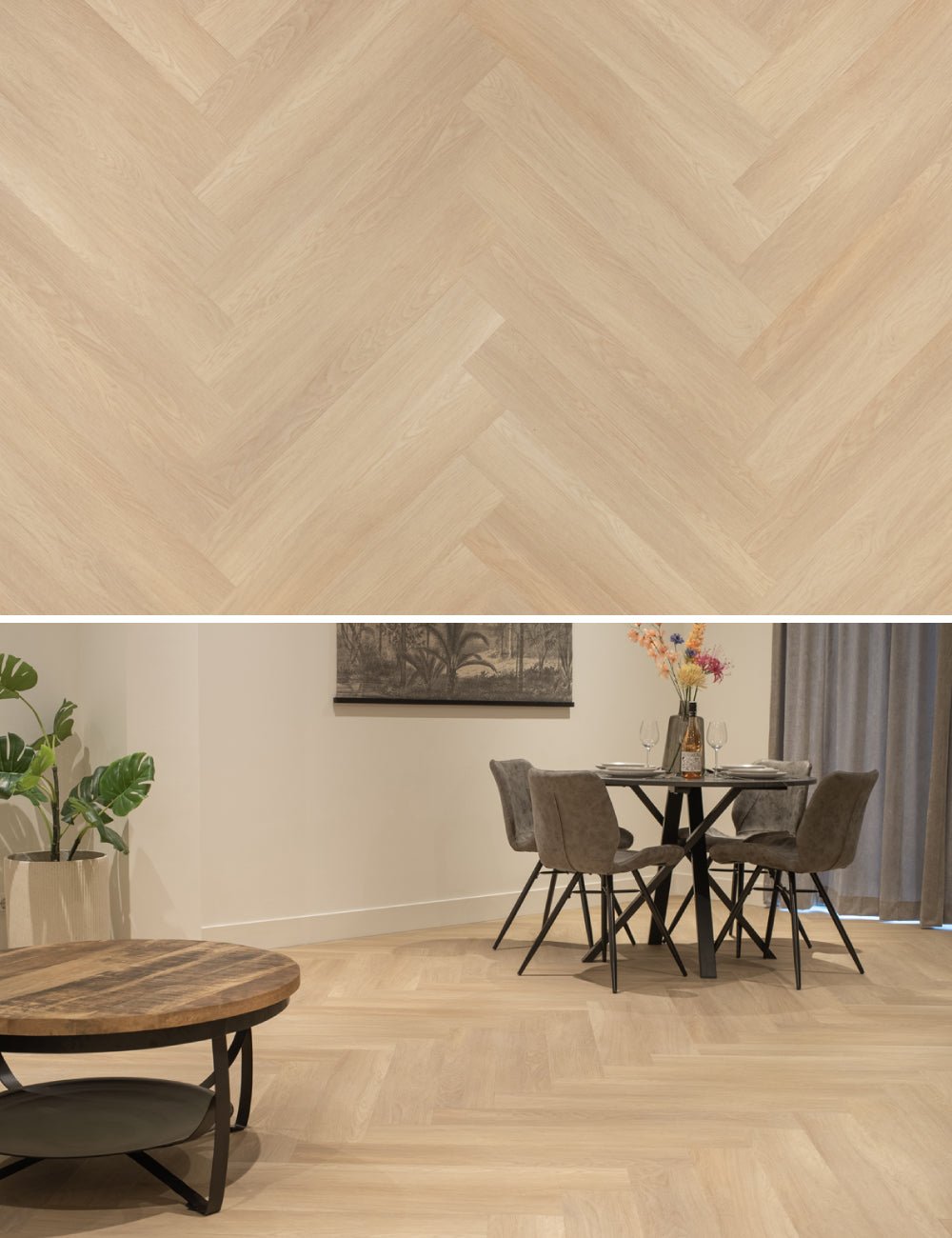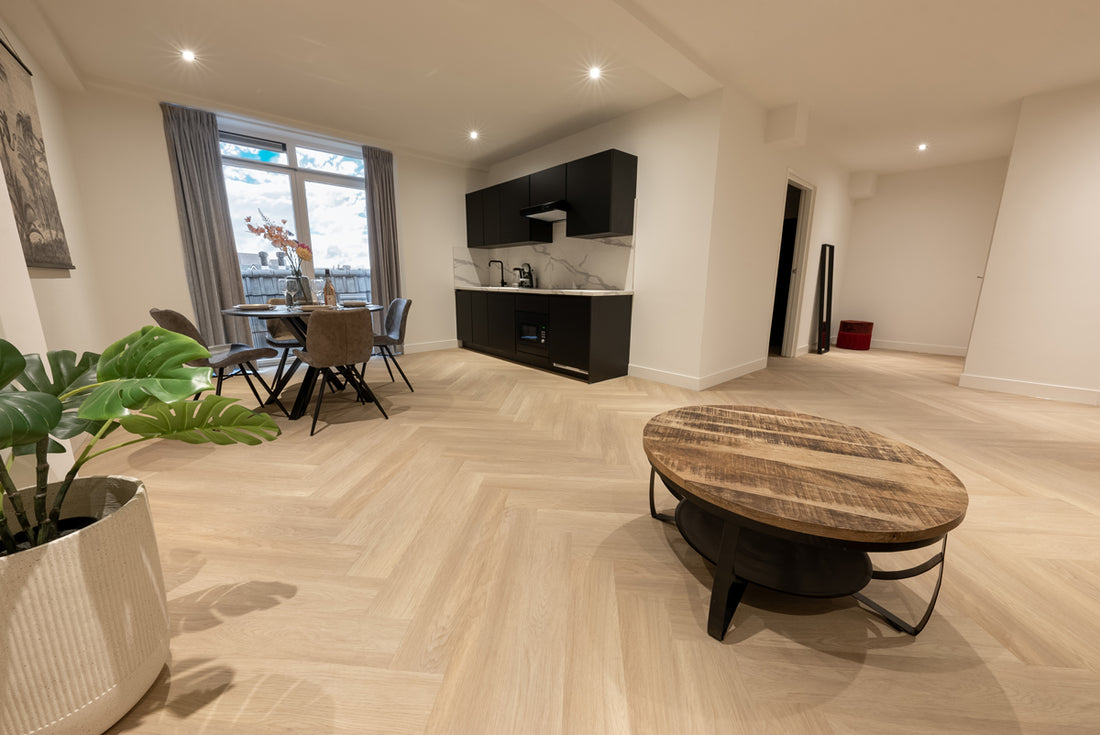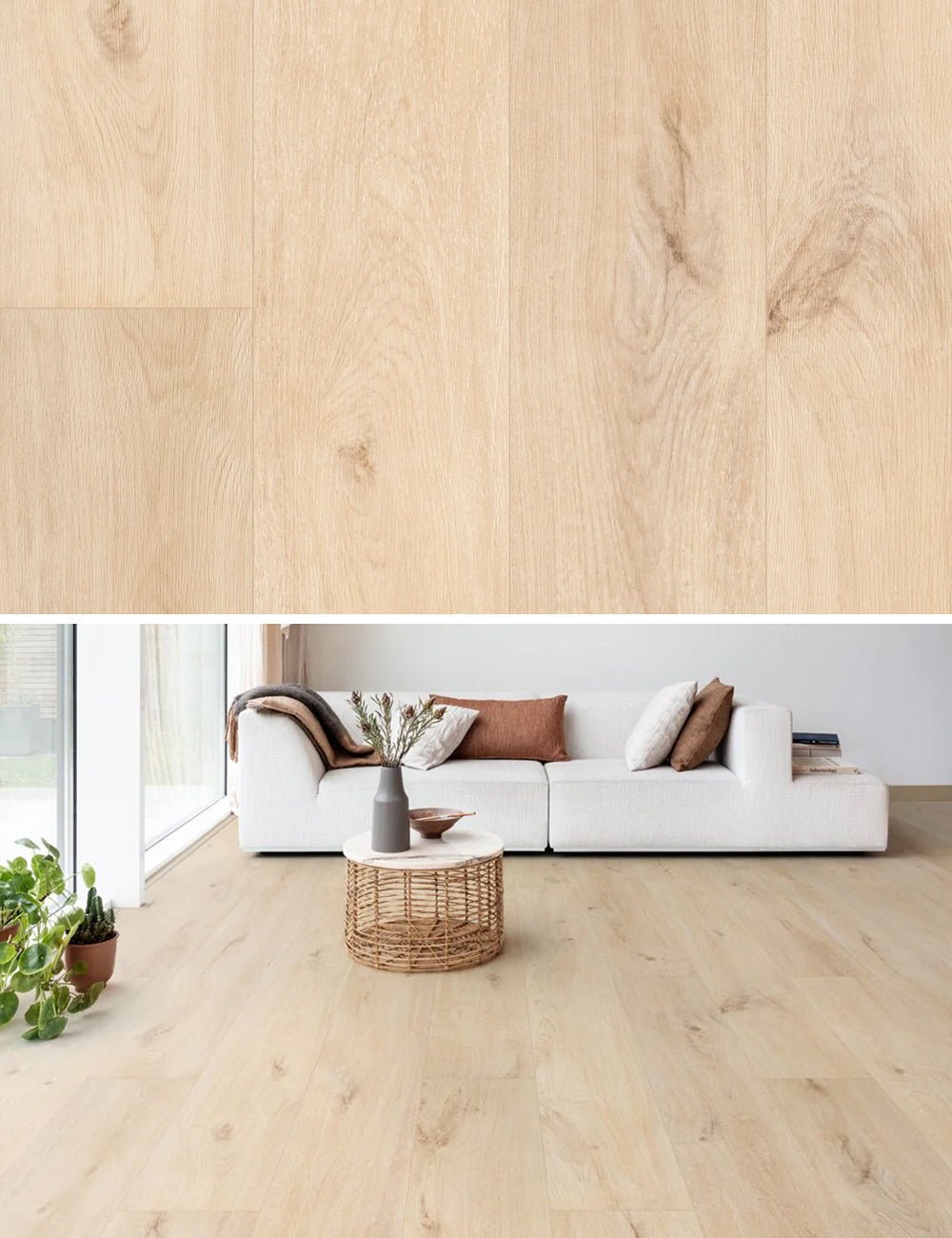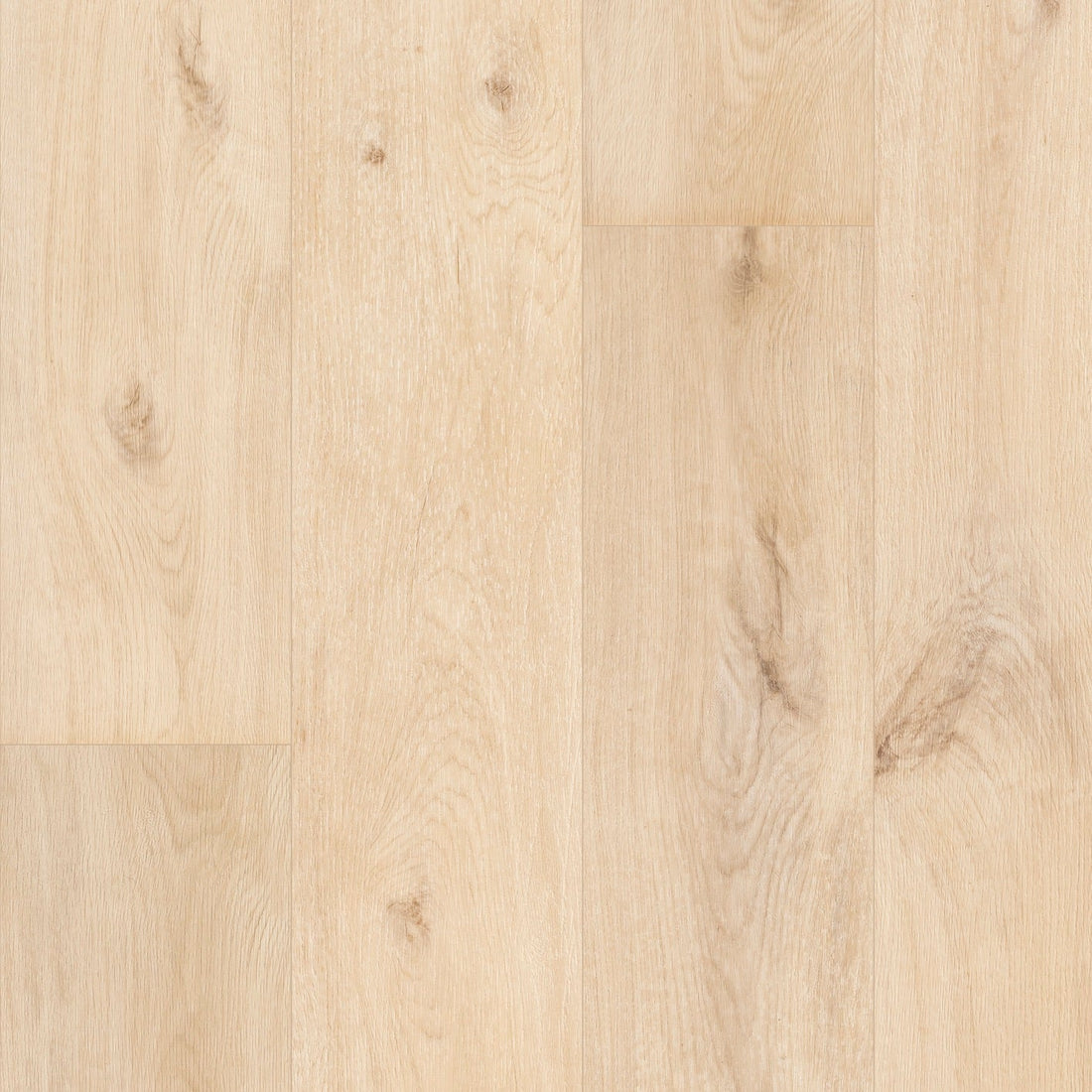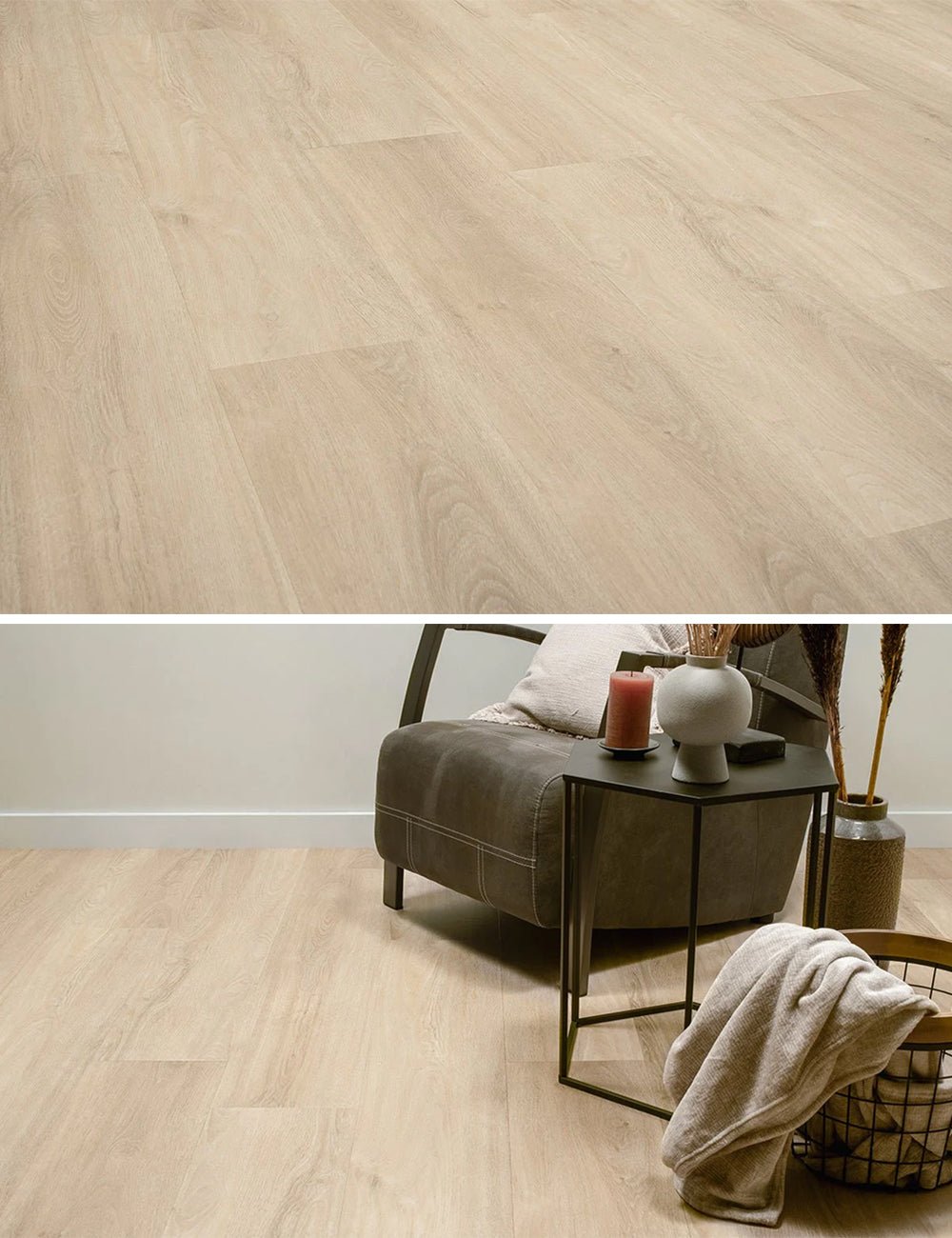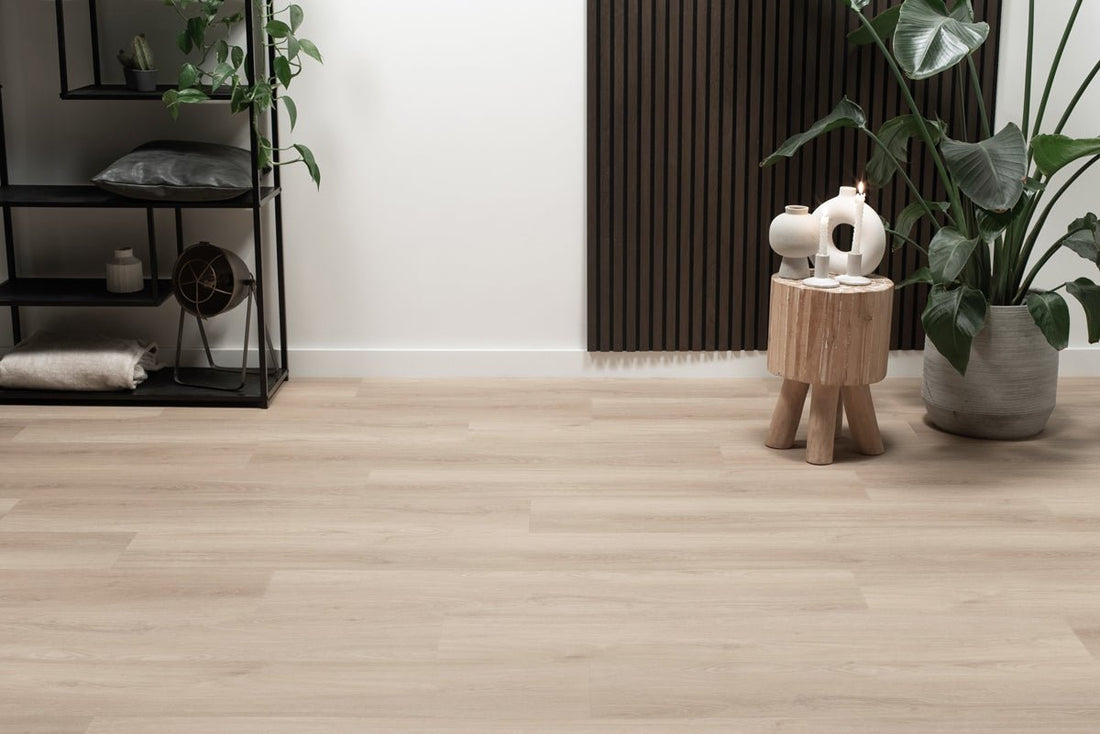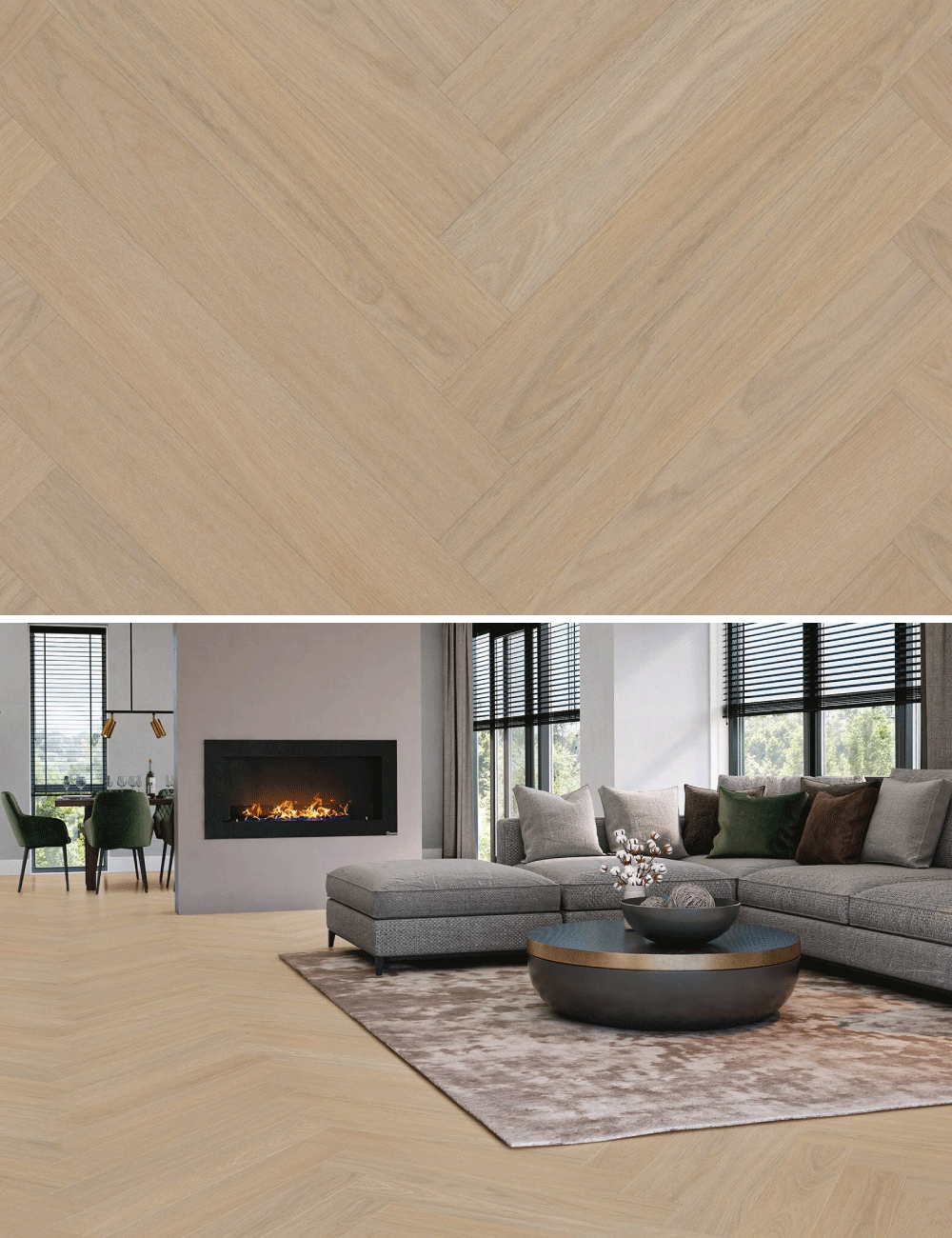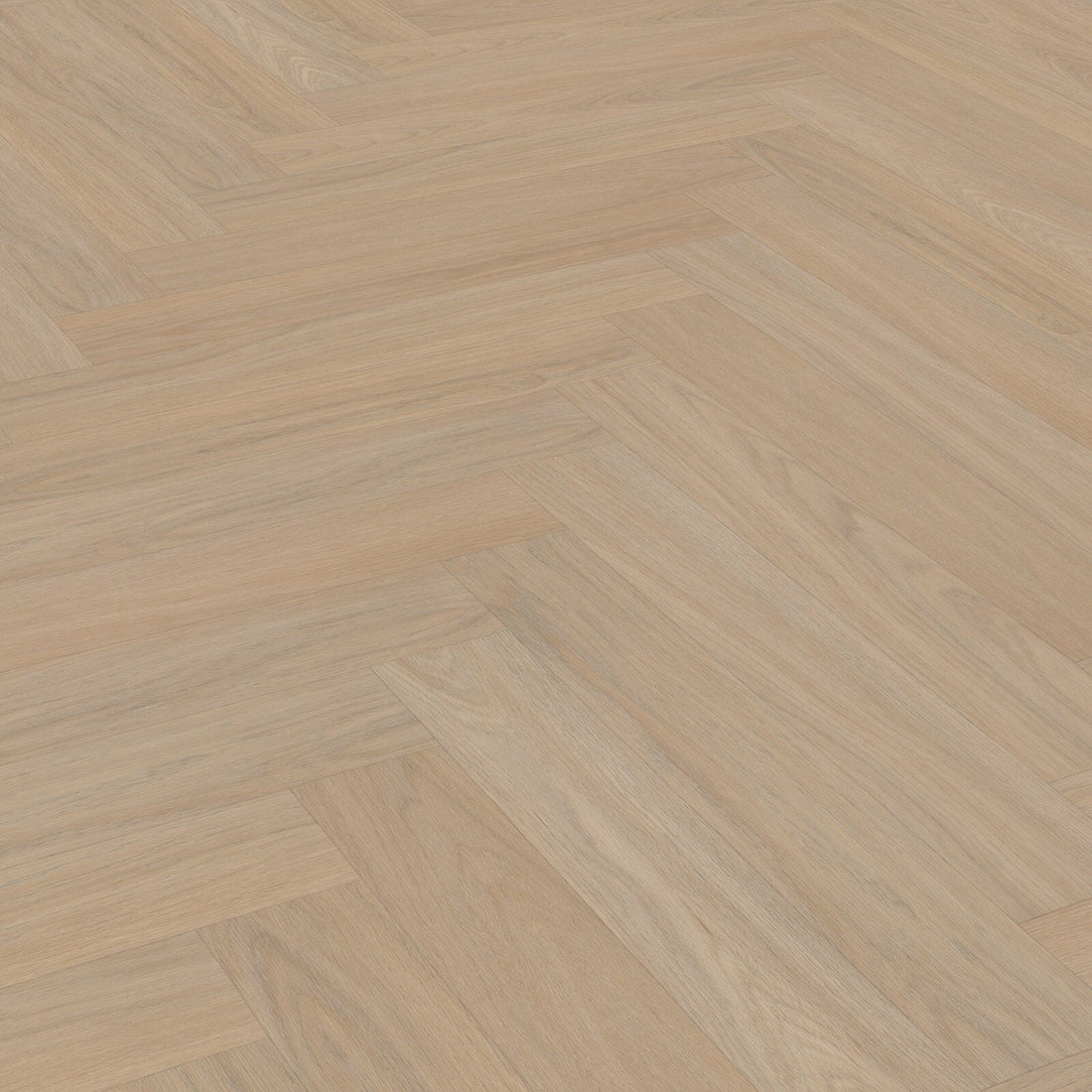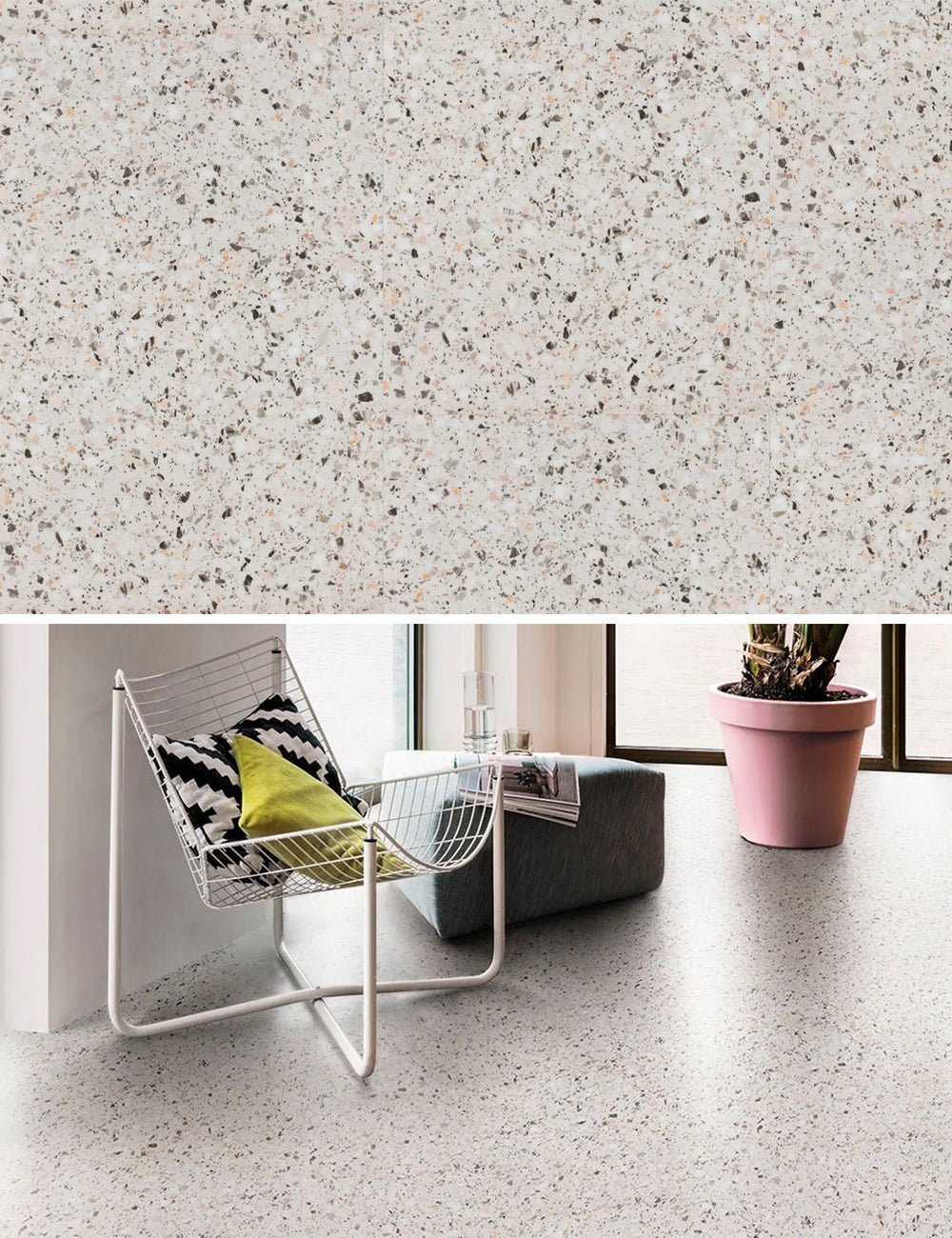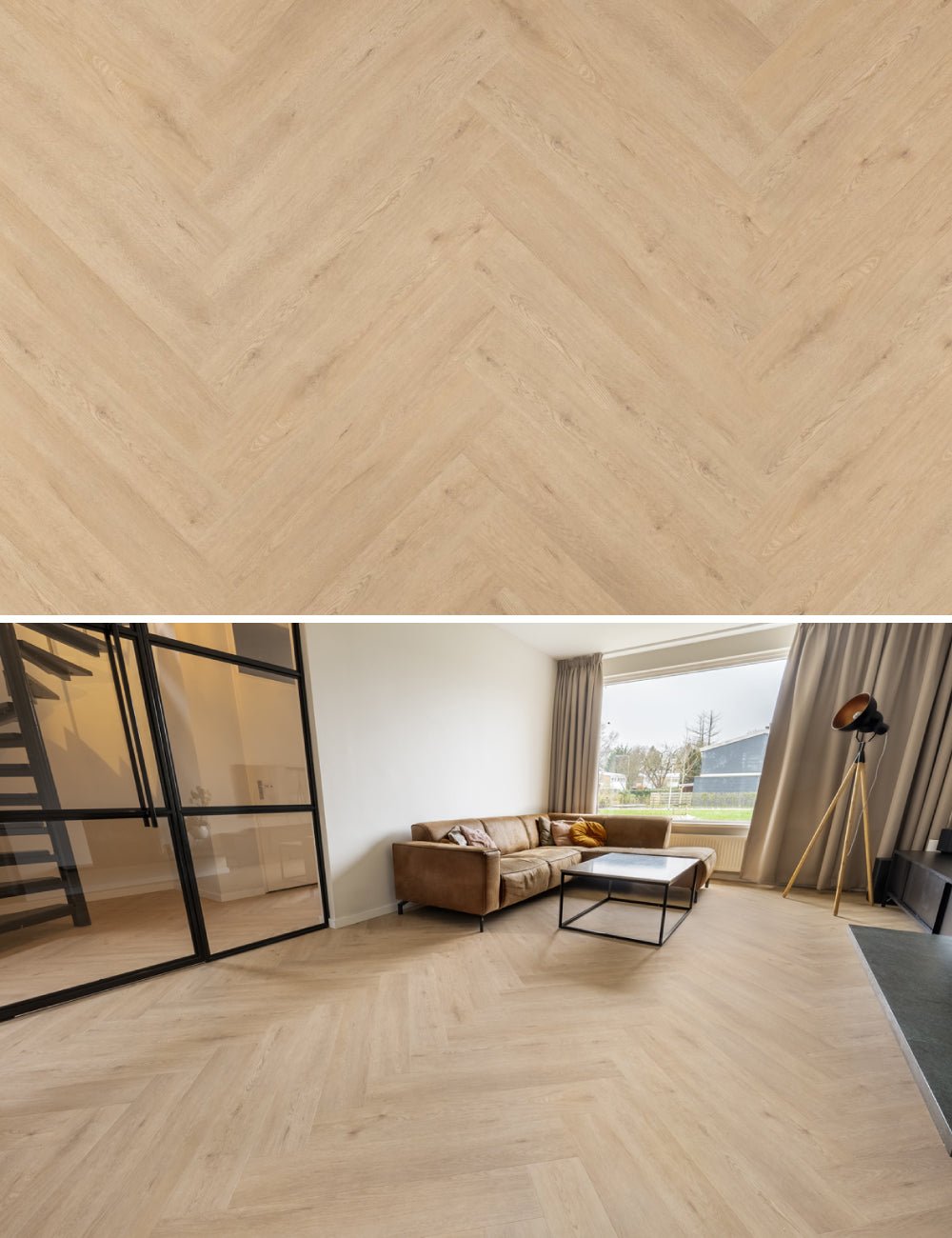Hungarian Point Floor
Ungarische Spitzenböden sind den sehr beliebten Fischgrätenböden sehr ähnlich, unterscheiden sich jedoch in den Nähten. In unserer Kollektion an Spitzböden von Hogarian finden Sie Top-Marken wie Floorlife und Belakos . Ob Sie sich für Klick-PVC oder Klebe-PVC entscheiden, mit einem ungarischen Punktboden entscheiden Sie sich für einen mutigen und beeindruckenden Bodenstil. Besuchen Sie unseren Showroom und lassen Sie sich inspirieren!
- Featured
- Best selling
- Alphabetically, A-Z
- Alphabetically, Z-A
- Price, low to high
- Price, high to low
- Date, old to new
- Date, new to old
Hungarian point floors at Solza
In your search for a new floor, you will certainly hear the term 'Hungarian point' at some point. Many people are already familiar with the herringbone pattern, but the demand for the Hungarian point floor is increasing. Hungarian point flooring are ideal for interior lovers who are looking for a special floor with a high-end look.
Origin of Hungarian point floor
Hungarian point floors are mainly known from the seventeenth-century era where the floor was widely used in cabinets and country houses. In the twentieth century, the floor became very popular with wealthy Parisians who increasingly wanted to have a Hungarian point floor in their home. For that reason, you can still see many Parisian apartments with a Hungarian point floor today.
How much does a Hungarian point floor cost?
Since the creation of the Hungarian point floor, it has been very popular among the wealthy population members. Even today it is a favorite for people who are looking for a floor and have a somewhat larger budget for it. Laying a Hungarian point floor[012752 012753] requires more man-hours than a traditional floor. It is also highly recommended if you would like to have a Hungarian point floor installed in your house, to have this done by a professional. When you have no experience in laying Hungarian point floors, this is virtually impossible. A Hungarian point floor can be found in every budget. The costs of the floor are entirely up to you, but of course you want a quality floor that you can enjoy for years.
What is the difference between herringbone and Hungarian point?
The herringbone pattern and Hungarian point floors look similar at first glance, but the appearance of herringbone floors is very different from that of Hungarian point floors. With a herringbone floor, the planks together have the shape of a rectangle. The Hungarian tip has the shape of a parallelogram. This gives you a symmetrical appearance depending on the incidence of light that can give an effect of two colors. The Hungarian tip is very sleek and therefore fits well into both a modern and classic interior. In addition, the Hungarian point floor is generally available in the form of paste PVC floors. Herringbone flooring, on the other hand, is also available in herringbone Click PVC, herringbone laminate, whalebone laminate and whalebone PVC.
The Hungarian point that suits you
Hungarian point floors, in addition to the specific laying pattern, can also be laid in different ways. For example, you can choose to lay the boards at an angle of 45 degrees, but an angle of 60 degrees is also possible. What is ultimately more beautiful depends on yourself and what look you would like to give to your space.
45-degree angles
When choosing a Hungarian point floor at an angle of 45 degrees, the boards will be cut at an angle. This creates a zigzag effect. As a result, you see the letter 'V' coming back again and again in the pattern. When you choose a Hungarian point with an angle of 45 degrees, you give the room a somewhat busy look.
How can of 60 degrees
A Hungarian point with angles of 60 degrees creates a so-called sergeant stripe. Because the angle is a lot less sharp, the floor will look a bit calmer and tighter than a Hungarian point floor of 45 degrees. In addition to the angle in which you lay the floor, you also have the choice of different widths and lengths of the floorboards. When you use narrow or short planks, the floor will look a lot busier. When you use width or long shelves, the end result will look a lot tighter and calmer.


